Yoga, contrary to the popular perception, is not merely a system of physical culture. It is, in fact, a uniquely Indian discipline aiming to bring about the ‘union’ of an individual spirit with the Universal Spirit: the Cosmic Consciousness – through what in Yoga is known as Samadhi, a state of profound meditation. Patanjali’s Yoga – sutram, written sometime around the second century BC, is the first, systematic, at once authoritative presentation of Yoga: in both its theoretical and practical aspects. Professor N.C. Panda, who has had a lifetime involvement with the science and practice of Yoga, here outlines the eight limbs of Patanjala Yoga, with added emphasis on meditation – in all its three stages: dharana, dhyana, and smadhi; and how this ancient system of bodily and mental control is found to have a strong scientific basis. Offered in three parts, his book focuses, in Part 1, on the practice of meditation, with detailed guidelines concerning the relevant yogic postures, yogic breathing and breath-control. Part 2 presents Patanjali’s classical yogic theories, showing how these are validated: both theoretically and experimentally, by modern science. In Part 3, the author explains, in pure scientific terms, the physical, psychic, therapeutic and spiritual benefits surfacing from the practice of meditation. Though based on the principles of classical yoga, Professor Panda’s book is truly a brilliant effort to treat Yoga as an advanced science. Including a comprehensive glossary of Sanskrit technical terms and numerous illustrations, it is invaluable to medical scientists/researchers/anyone interested in Yogic Meditation and how it can give a holistic, healthy and creative life.
Meditation: Science and Practice
In stock
Free & Quick Delivery Worldwide
Bibliographic information
Title
Meditation: Science and Practice
Author
Edition
1st ed.
Publisher
ISBN
8124602115
Length
xvi+336p., 30 Figures; Glossary; Bibliography; Index; 23cm.
Subjects


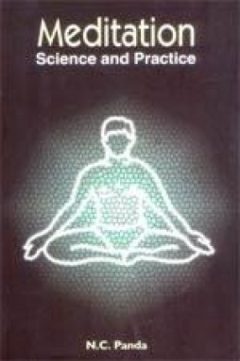
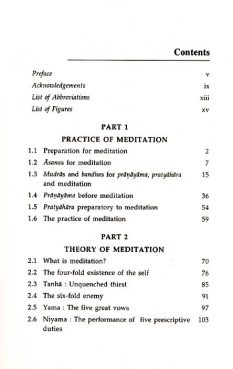
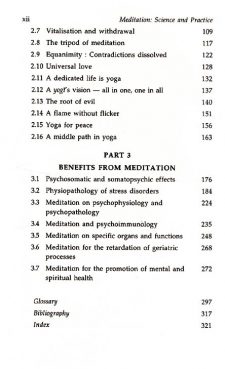
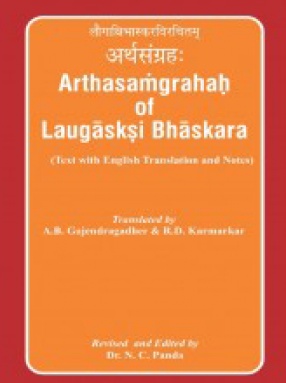
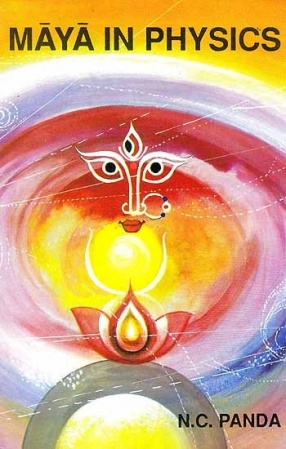




There are no reviews yet.